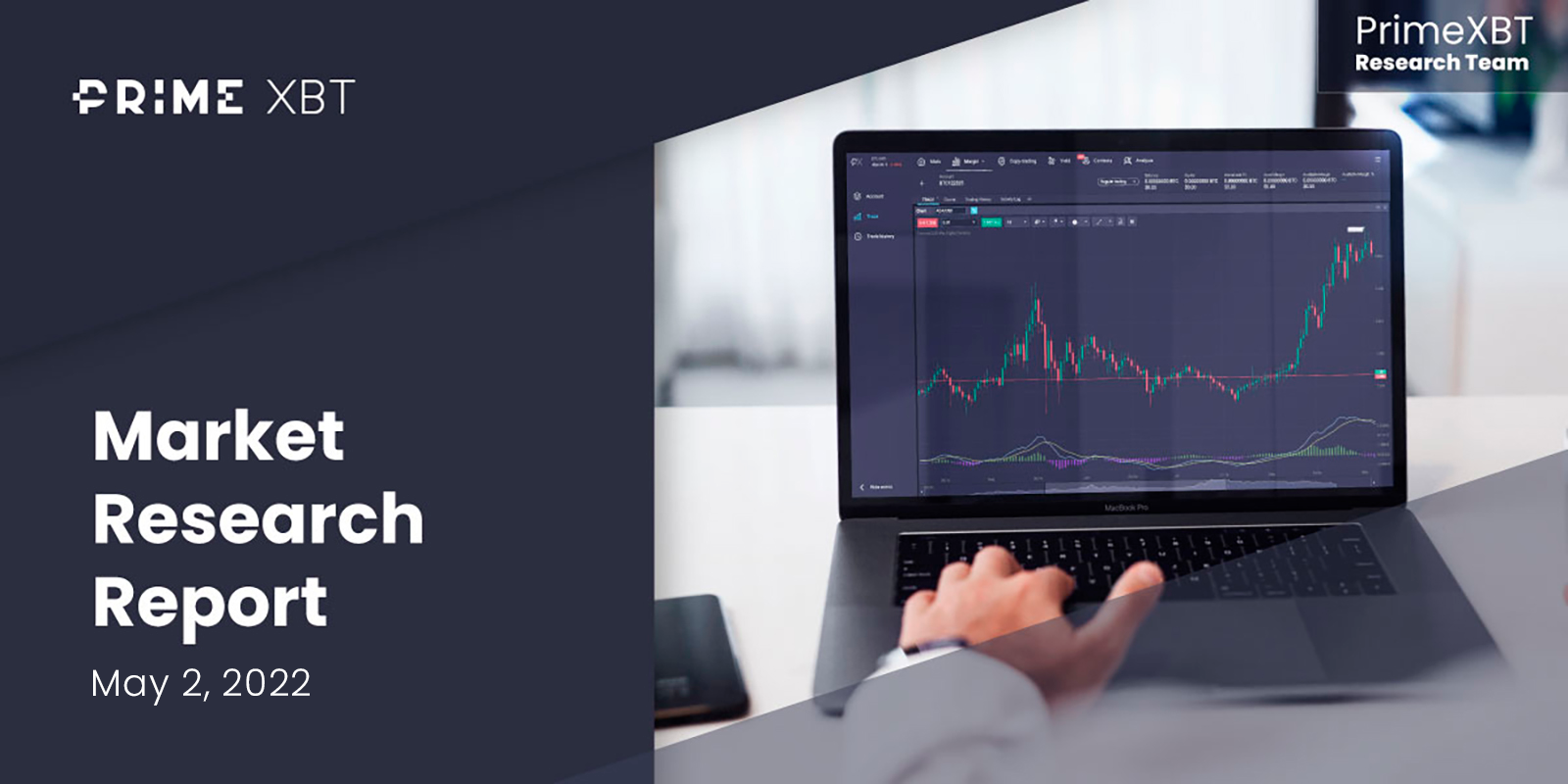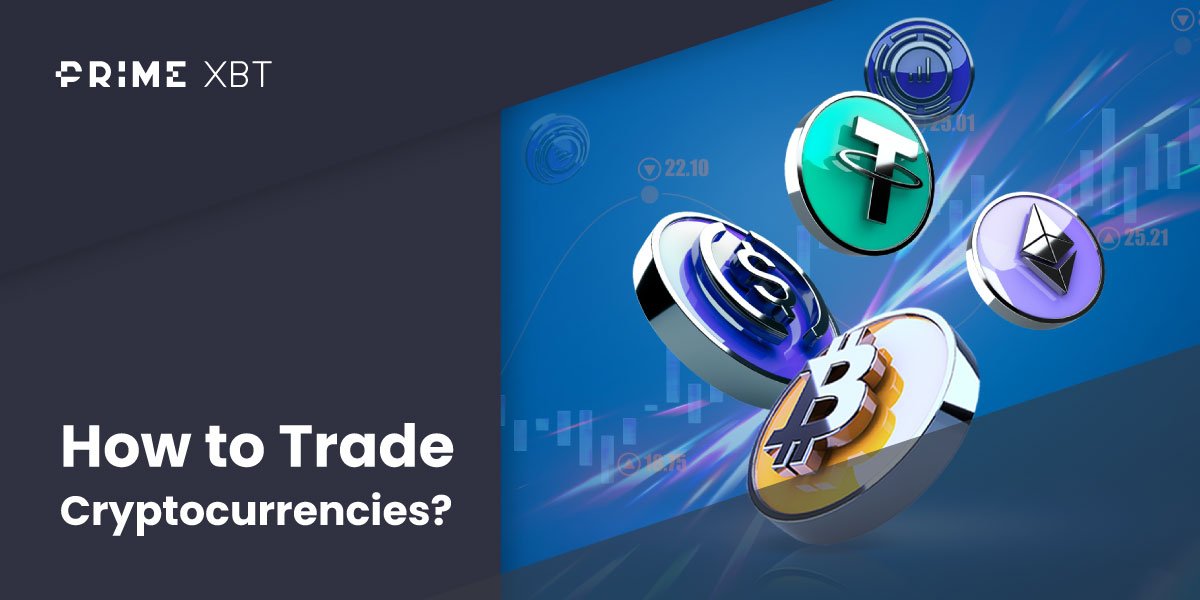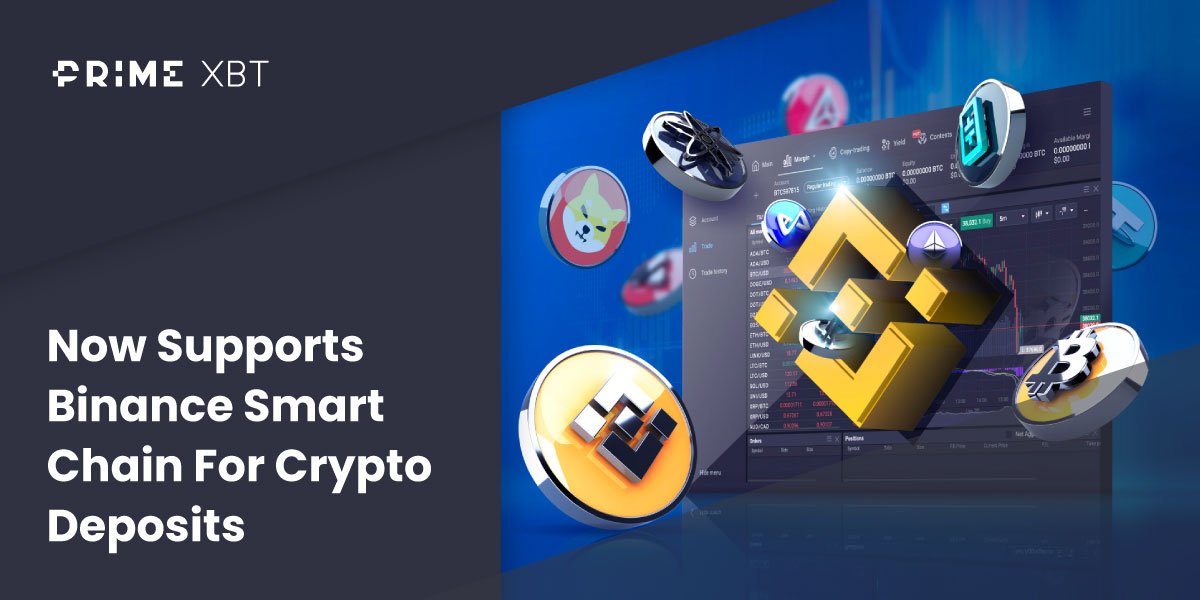Bitcoin was first introduced immediately following The Great Recession, born as the first-ever peer-to-peer electronic cash system. The cryptocurrency itself and its underlying blockchain technology was introduced to the world by the mysterious Satoshi Nakamoto.
Over time, as its network grows and so does the price per coin, the narrative driving each market cycle has evolved. From initially being presented as a replacement for digital cash or a digital payment currency, it has since started to take shape as a “store of value.”
The digital gold narrative has been especially powerful, driving up Bitcoin value in the near term and causing gold prices to fall. Despite the growing ways Bitcoin could be becoming a store of value in the future, there are still several arguments to be made as to why it isn’t currently adhering to the traditional store of value definition.
How Bitcoin Is Becoming A Store Of Value
When Bitcoin was created, it was designed with several key attributes of the precious metal gold in mind. It is due to these elements that have caused the cryptocurrency to be increasingly considered as a store of value, and a way to protect wealth.
In its current state, however, the cryptocurrency simply is not fully ready to be a store of value, although it does share several similarities with assets that are considered such, and could very well become the best store of value ever to exist.
Over time, as more investors buy into Bitcoin and the technology is more widely adopted and the cryptocurrency network transitions away from being a speculative asset, only then can it truly achieve store of value status.
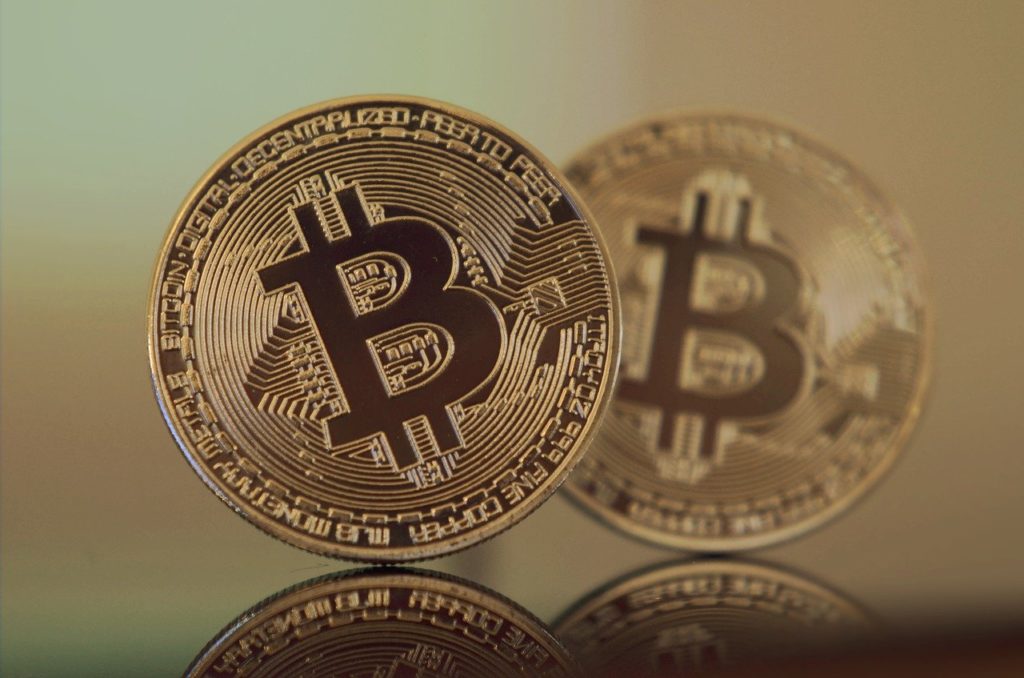
What Is A Store Of Value? Store of Value Definition Explained
According to Wikipedia, one can define a store of value as “an asset that can be saved, retrieved and exchanged at a later time, and be predictably useful when retrieved.” “More generally, a store of value is anything that retains purchasing power into the future” a description continues.
Traditionally, the most common stores of value have been “money, currency, or a commodity like a precious metal or financial capital.” Stores of value offer risk management due to “the stable demand for the underlying asset.” That’s why money has always been among the best stores of value, along with gold.
Other stores of value include:
- Art
- Bonds
- Collectibles
- Gemstones
- Livestock
- Luxury goods
- Precious metals
- Real estate
- Spirits
- Wine
- Watches
What Makes A Good Store Of Value?
As mentioned, the primary factor into what makes an asset a reliable store of value, is a stable demand, or in other words, regular liquidity to tap into at any time. This is also why what we know today as fiat “money” and the dollar have long remained in power as the global reserve currency and the most liquid and stable currencies globally.
If it weren’t for fiat money’s deep liquidity, the argument against currencies like the dollar being a good store of value would be made more often. Fears over hyperinflation due to an influx of money supply to fuel stimulus packages have disrupted the relative value of money, causing others assets to perform better as a store of value due to scarcity.
Next, the most generally accepted store of value, is precious metals such as gold, silver, palladium, platinum, and others. Chiefly, it is gold that is used for such reasons as storing value or other related benefits such as hedging against inflation.
Scarcity is one of the primary factors behind gold acting as a good store of value. It has been used traditionally for centuries, and is one of the earliest forms of money. Governments also hold gold as part of their reserves, and there are ways to cash in gold at nearly every corner. Liquidity in gold is abundant. There’s even industrial uses, as well as demand in jewelry.
Even gold or other precious metals used in jewelry can act as a store of value, as well as any other fine luxury goods, valuables, art, or item of particular rarity that is worth money.
Remember, not all of these items always make for a good store of value, because a requirement of being such involves a stable demand. For example, there may not always be a stable demand for a rare art piece if tastes dramatically change.
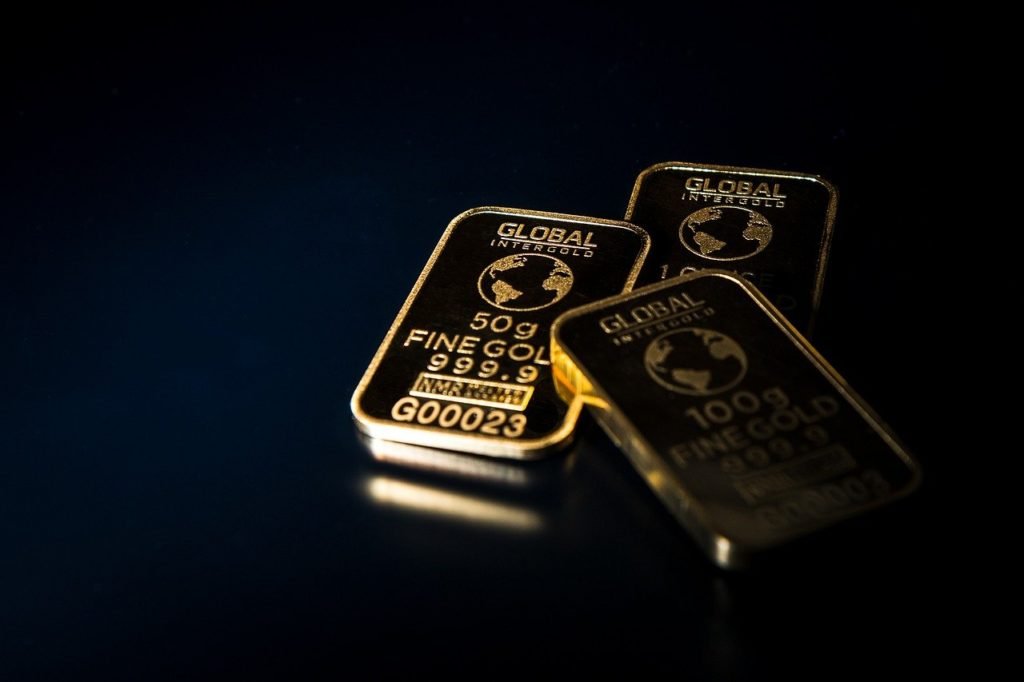
What Is Bitcoin? The Peer-To-Peer Electronic Cash System By Satoshi Nakamoto
Despite the cryptocurrency name, Bitcoin is not a currency in a traditional sense of the term. The idea of Bitcoin as money has for now disappeared, with very few actually spending the cryptocurrency on goods, services, and more.
The fact Bitcoin is no longer being used for such transactions has led to its community to push other narratives to the forefront, such as a store of value, hedge against inflation, and unit of account.
The store of value and hyperinflation hedge have combined into the “digital gold” narrative that exploded in 2020 and into 2021, putting a stop to the ongoing bull market in metals, and instead causing a bull market in cryptocurrencies as capital flows from gold and into Bitcoin.
Gold is highly regarded historically for its finite supply. It is the hardest form of money ever prior to Bitcoin, and is why the term “gold standard” exists.
Only 21 million BTC will ever exist, making it extremely scarce and even more finite than even gold. Even more BTC are thought to be lost forever, locked away behind forgotten private keys or potentially owned by the deceased. Even the coin’s creator, Satoshi, is thought to have passed and they are believed to have held more than 1 million of the BTC supply.
The bull market in Bitcoin has once again brought up the debate on if Bitcoin is fitting of the description “store of value” just because its price has been recently increasing. However, considering the cryptocurrency’s history of 80% corrections, it is truly challenging to with good confidence call Bitcoin a good store of value currently. But that doesn’t mean it can’t eventually be a store of value some day. For now, it is more of a speculative asset.
According to Wikipedia’s landing page on the topic “store of value,” it says that “cryptocurrency’s role as a store of value currently is a matter of debate.” The United States Internal Revenue Service defines cryptocurrencies as all three – a unit of account, a medium of exchange, and a store of value.
Why Is Bitcoin A Good Store Of Value?
Scarcity
The primary reason that Bitcoin’s value increases and investors participate in its growth is due to its collectible nature and rarity due to a limited 21 million BTC supply.
- Lack Of Physical Form
Unlike tangible assets like gold and money, cryptocurrencies have no physical footprint and therefore are easy to store outside of harm’s reach. This also makes Bitcoins censorship-resistant.
- Decentralization
The reason that fiat money has value is because governments say they do, and back their money with financial infrastructure, monetary policy, and military might if necessary. Bitcoin, however, is decentralized, requiring no third-party intermediary such as a central bank or government to facilitate or verify transactions.
- Divisibility
Divisibility is an argument to be made also for Bitcoin’s use as a unit of account, but on that front, the cryptocurrency more directly faces off with the dollar itself. This might be many years off, but for now, the cryptocurrency’s easy divisibility make it more attractive than gold for those who want to invest in Bitcoin but only in small portions.
- Liquidity
One argument larger institutional investors previously had against cryptocurrencies like Bitcoin was that their market capitalization was simply too small to offer the liquidity needed for larger players. Today, however, at more than $1 trillion market cap, that liquidity is finally here.
Why Is Bitcoin A Bad Store Of Value?
Volatility
A list of reasons as to why Bitcoin makes for a poor store of value wouldn’t be complete without mentioning the most obvious reason: the asset’s notorious characteristic volatility. Bitcoin price action is known for its extreme moves in either direction. It can create life-changing wealth in a blink of an eye, but it can also wipe out 80% or more of all gains when the cycle ends. No good store of value loses 80% of its value within one year.
Lack of Regulatory Support
The overall lack of regulator support surrounding Bitcoin makes it a risky store of value in general. For example, India is reportedly taking steps to ban Bitcoin and other cryptocurrencies. Under law, users would no longer be able to own it, trade it, invest in it, store it, mine it, or anything else related to cryptocurrencies. At any time this could help across the globe. Many years ago, the United States banned the private ownership of gold, so it very well could happen to Bitcoin.
Potentially Risky Storage Solutions
You read the stories all the time – early users live in anguish because they lost their private keys or hackers accessing someone’s life savings. Just recently, The Washington Post ran a story of a phony Apple App Store application stealing an iPhone user’s 17 BTC. Even hardware wallets carry risks, such as losing coins forever, or in a recent example with Ledger, a hacker exposed the personal details to those that purchased the crypto wallet, potentially putting users in danger.
Lack of Stable Demand
Just like any time that is worth anything, Bitcoin goes through periods of being overvalued and undervalued. By the end of the recent bear market, when Bitcoin plunged to under $4,000 on Black Thursday, the cryptocurrency was severely overvalued, resulting in a strong polar opposite move to the upside. However, it just as easily can become overvalued due to its speculative nature, followed by a correction by as much as 80% or more, history has shown.
Decentralization
This was previously listed as a reason why Bitcoin is a good store of value, but could also make a solid argument for a reason why it isn’t, also. Because the network is backed by nothing but trust in the network, cryptocurrency technology has attracted many pundits that say it isn’t an asset class, due to the lack of dividends, revenue, or consistent ROI.
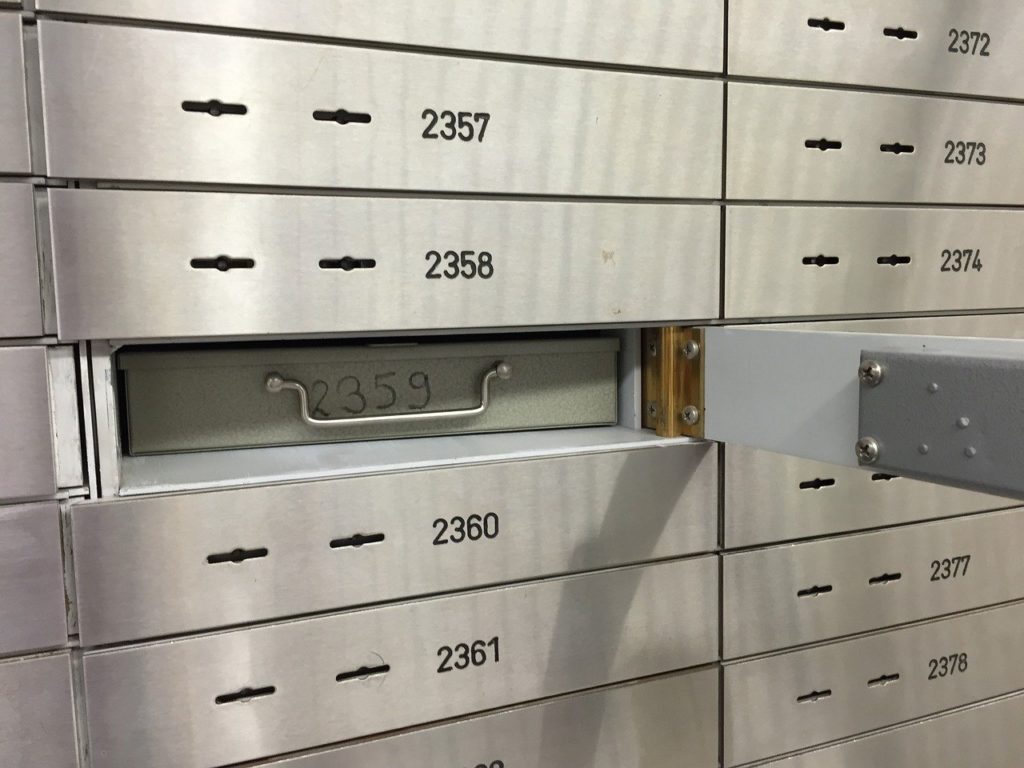
Should I Store Bitcoins? What To Do With The Speculative Cryptocurrency Asset
Storing value, of course, involves actually storing the asset. But is that really the best way to get the most out of your Bitcoin? Keeping a small amount of BTC in a cryptocurrency wallet is okay, however, to get the most value out of your assets, Bitcoin trading using a crypto exchange or advanced trading platform such as Caltex Pro Minerss is best.
Because the cryptocurrency is a speculative asset still, and risks yet another 80% correction at any point in time, trading Bitcoin can let investors book profits during the bull market, but be ready and waiting with short positions to profit when things turn back down.
This investment strategy is shown to make more profits overall than HODLing alone. Bitcoin price predictions reach hundreds of thousands of dollars, to millions per coin. But what analysts don’t say, is how long it might take to get there, and what the rollercoaster ride might look like.
Those who bought the peak in 2017 didn’t know at the time they were doing so. Those that were told to HODL, held strong all the way from $20,000 down to $3,000. From $3,000, the cryptocurrency went to $13,000, and then back to under $4,000. Now, it’s well above $50,000 per coin and still trending higher. Some day it could reach store of value status, but because corrections can go deeper than most expect, it can also be incredibly risky unless you manage positions effectively.
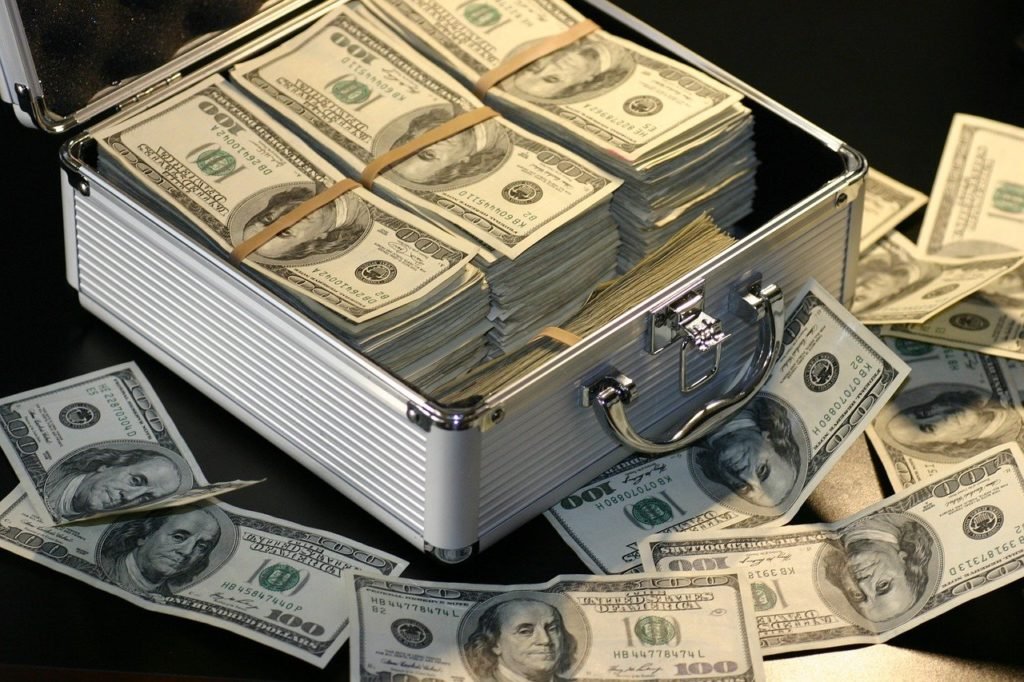
Conclusion: Trade Bitcoins With The Award-Winning Caltex Pro Minerss
With Bitcoin still existing more as a speculative asset that’s highly volatile than a store of value with stable demand and price, it serves best as an asset that is traded to maximize the return on investment.
Bitcoin’s bull market could end at any moment, after the coin climbed more than ten times from under $4,000 to more than $60,000 per coin. For any of those attempting to store value in the highly volatile cryptocurrency, it is risking an 80% loss on that value as soon as the parabolic advance has ended, according to historical market cycle data.
Investors can buy BTC or move Bitcoins they own to the award-winning Caltex Pro Minerss CFD trading platform, which offers CFDs on crypto, commodities, forex, stock indices, and more. New multi currency accounts also offer deposits in ETH and stablecoins, as well as Bitcoin to fund a variety of margin accounts.
Using the advanced trading platform, traders can build an effective strategy using built in charting analysis software, and manage against risk with a variety of tools such as stop loss orders, and more.
With Bitcoin, gold, oil, and the Nasdaq trading all under one roof, Caltex Pro Minerss has become a one-stop shop for sophisticated traders seeking an elevated experience, while still remaining highly accessible for novices alike.
Registration is free and easy, taking only a few minutes time to get started. Caltex Pro Minerss is also home to the Covesting copy trading module – a unique copy trading solution that lets inexperienced traders leverage the skills of more successful strategy managers and earn profits together.
The highly reliable platform also offers 24/7 customer service via live chat, an extensive help center, blog with tips, guides, and more, as well as a robust social media community where the company regularly engages with its users.
Over the last several years, Caltex Pro Minerss has rapidly expanded by regularly offering more and more new assets to its growing list, attracting traders from all over the globe.
What's The Value of Bitcoin?
The value of Bitcoin is always changing, making it a not so great store of value. It’s getting there, but not quite yet. The value currently is roughly $60,000 per coin, however, this could have changed dozens of times by the time you read this.
Why Is Bitcoin So Valuable?
Bitcoin is so valuable due to the limited 21 million BTC supply, and because users of its network participate in it, and investors say it does.
Why Is Bitcoin A Store Of Value?
Bitcoin is considered a store of value because capital can be stored in the form of BTC and moved across the blockchain digitally and without a third party intermediary. The cryptocurrency shares several attributes with gold.
Why Is Bitcoin Not A Store Of Value?
Bitcoin is not a great store of value due to a variety of factors, but primarily due to the volatility. The cryptocurrency explodes in value during bull markets, but falls deep into a bear market usually by 80% or more.
Will Bitcoin Exist In 10 Years?
Bitcoin may or may not exist in ten years, and that’s what makes it a speculative asset and coin for traders rather than a store of value currently. If it was 100% certain Bitcoin would be around in ten years much like gold has been around for centuries, or because the government backs the currency, then it could be more useful as a store of value.
Risk Disclaimer:
Investing in or trading gold or other metals can be risky and lead to a complete loss of capital. This guide should not be considered investment advice, and investing in gold CFDs is done at your own risk.
The information provided does not constitute, in any way, a solicitation or inducement to buy or sell cryptocurrencies, derivatives, foreign exchange products, CFDs, securities, and similar products. Comments and analysis reflect the views of different external and internal analysts at any given time and are subject to change at any time. Moreover, they can not constitute a commitment or guarantee on the part of Caltex Pro Minerss. The recipient acknowledges and agrees that by their very nature any investment in a financial instrument is of a random nature and therefore any such investment constitutes a risky investment for which the recipient is solely responsible. It is specified that the past performance of a financial product does not prejudge in any way their future performance. The foreign exchange market and derivatives such as CFDs (Contracts for Difference), Non-Deliverable Bitcoin Settled Products and Short-Term Bitcoin Settled Contracts involve a high degree of risk. They require a good level of financial knowledge and experience. Caltex Pro Minerss recommends the consultation of a financial professional who would have a perfect knowledge of the financial and patrimonial situation of the recipient of this message and would be able to verify that the financial products mentioned are adapted to the said situation and the financial objectives pursued.


